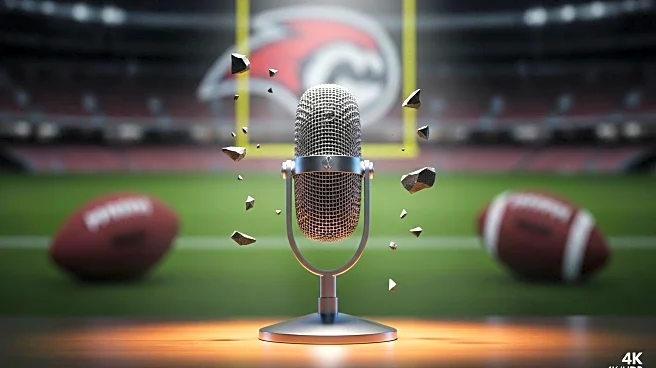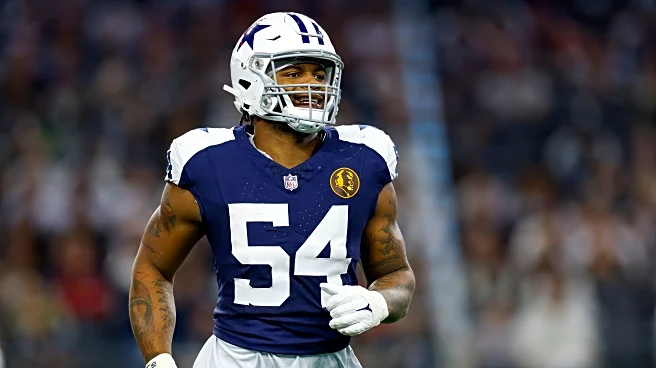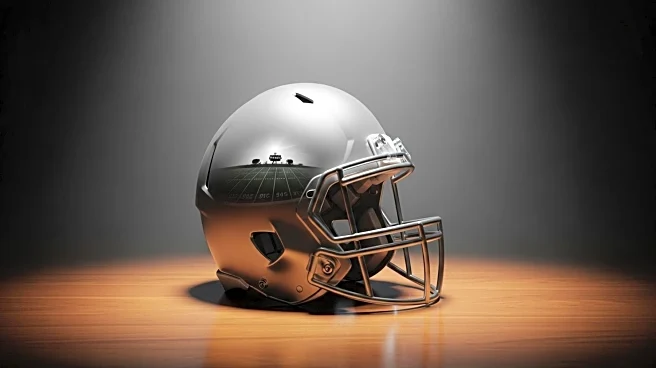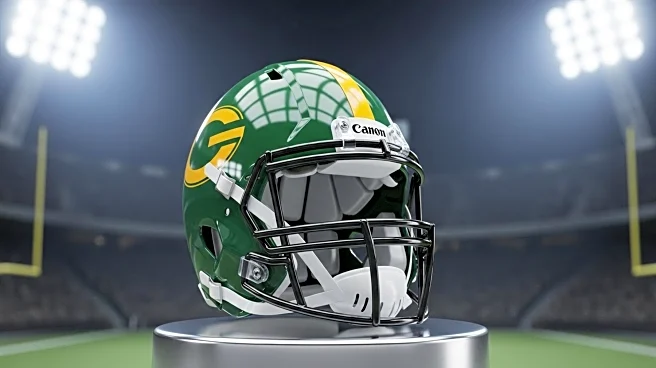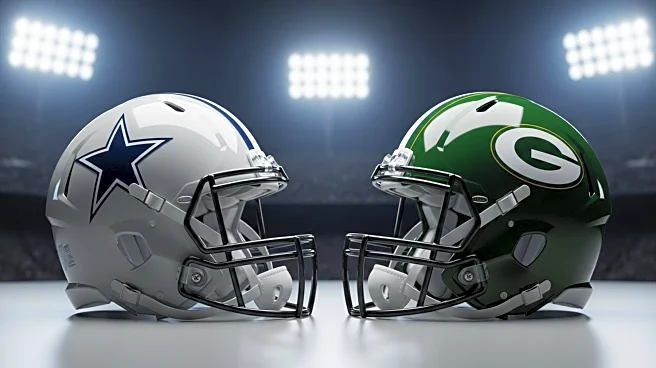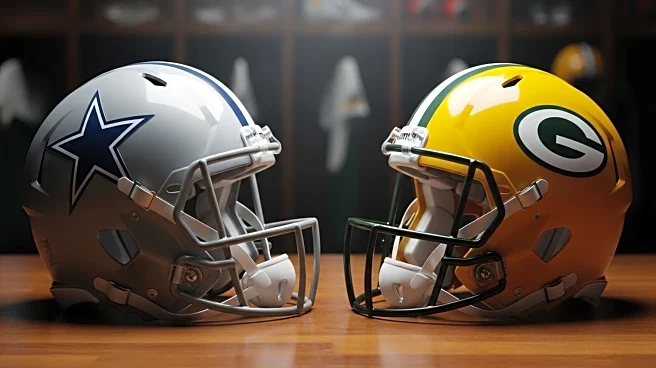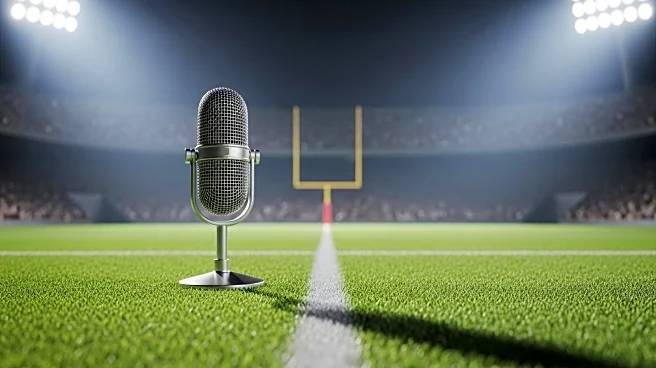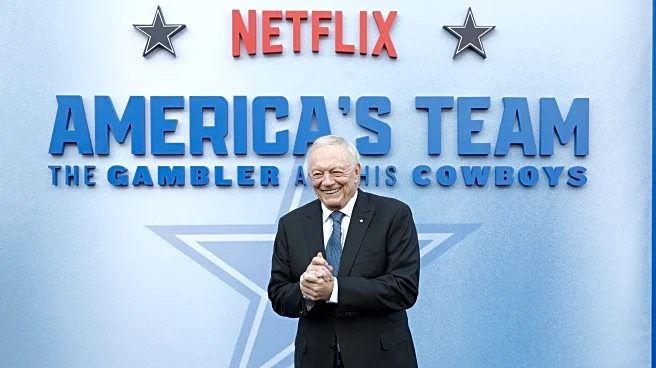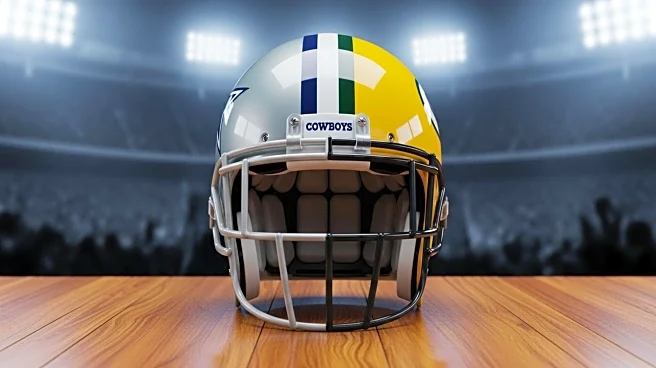What's Happening?
Micah Parsons, a former star pass rusher for the Dallas Cowboys, has reportedly caused tension within the team due to his podcast, 'The Edge with Micah Parsons.' According to Sports Illustrated, some teammates, including quarterback Dak Prescott, viewed Parsons as egotistical and self-centered, which contributed to a different perception of him in the locker room. This perception played a role in the Cowboys' decision to trade Parsons to the Green Bay Packers, marking a significant departure from previous contract negotiations with other star players like Zack Martin and CeeDee Lamb. The trade involved Parsons being exchanged for two first-round picks and defensive tackle Kenny Clark.
Why It's Important?
The trade of Micah Parsons highlights the impact of personal dynamics and media presence on professional sports teams. While Parsons was a productive player, his perceived attitude and media activities created friction within the Cowboys, influencing management decisions. This situation underscores the importance of team chemistry and the potential consequences of individual actions on collective goals. The trade could affect the Cowboys' defensive strategy and team morale, while the Packers gain a talented player who may need to adjust to a new team environment.
What's Next?
The Cowboys will need to adapt their defensive lineup following Parsons' departure, potentially focusing on integrating new players acquired in the trade. Meanwhile, Parsons will have to establish himself within the Packers' system and navigate any lingering perceptions from his time with the Cowboys. Both teams will likely monitor the outcomes of this trade closely, assessing its impact on their performance in upcoming seasons.
Beyond the Headlines
Parsons' situation raises questions about the balance between personal branding and team responsibilities in professional sports. As athletes increasingly engage with media platforms, teams may need to develop strategies to manage potential conflicts between individual pursuits and team cohesion. This case could prompt discussions on how sports organizations handle player media activities and their influence on team dynamics.
